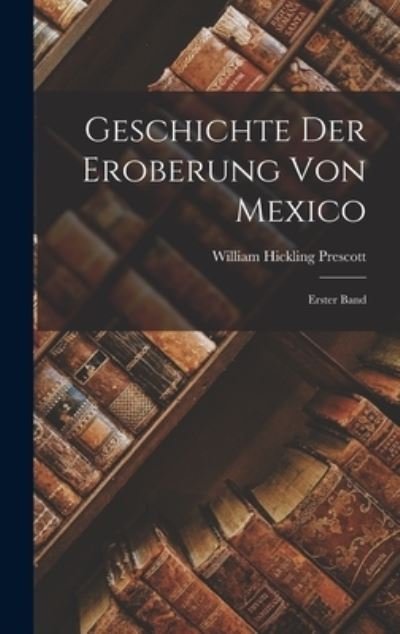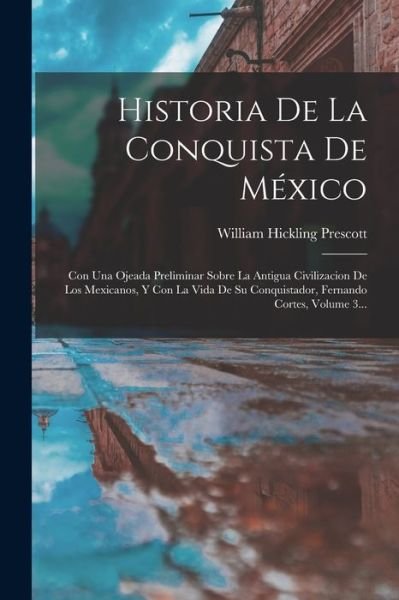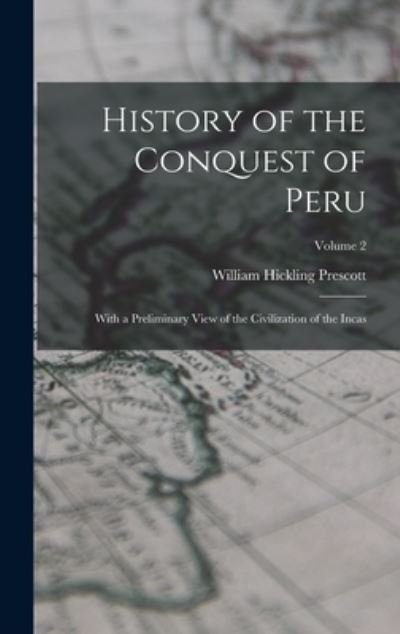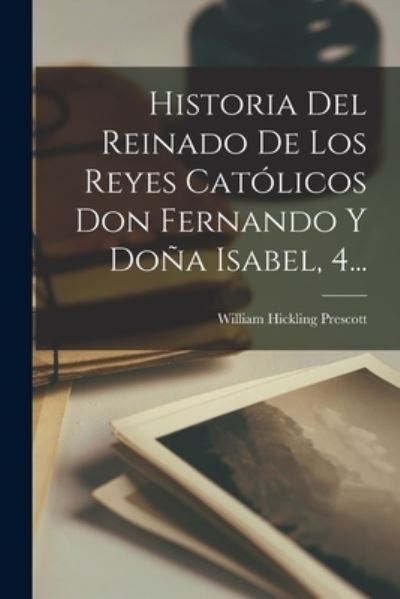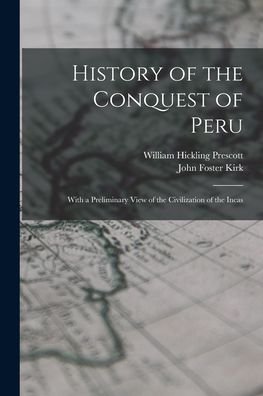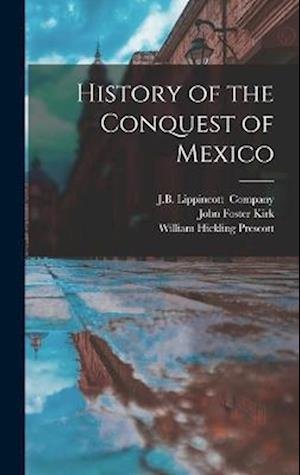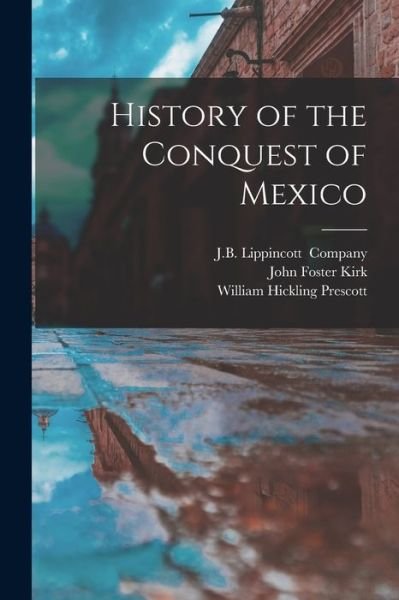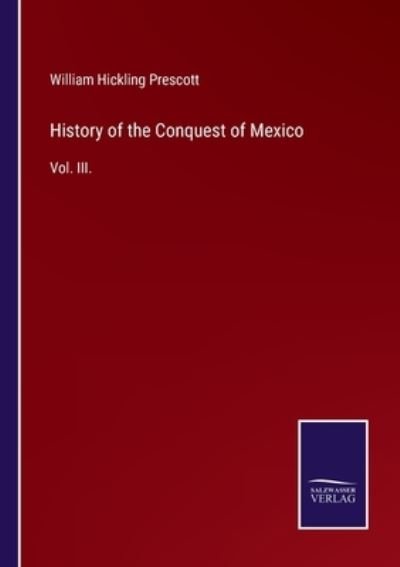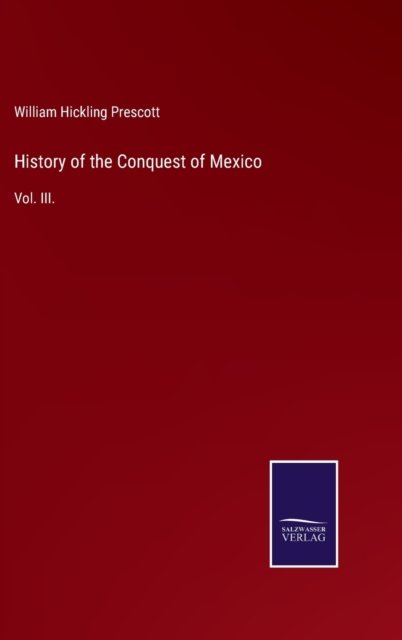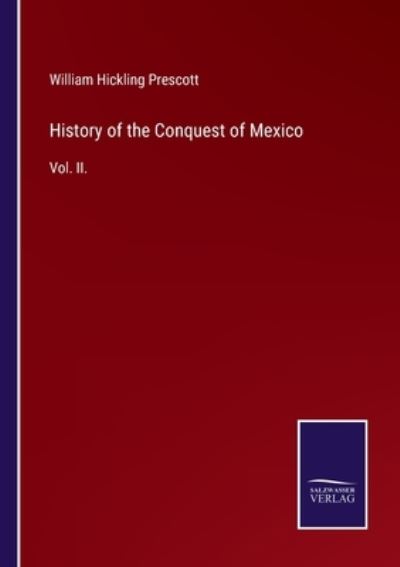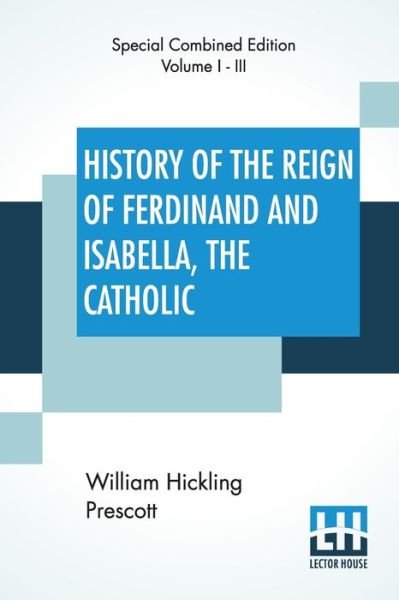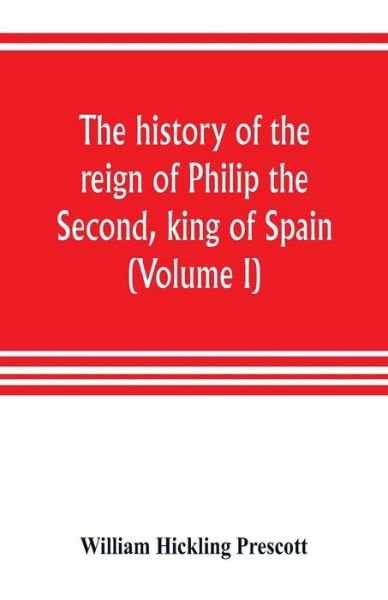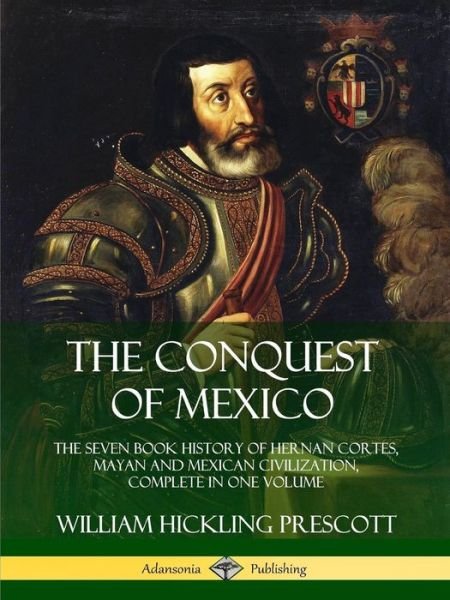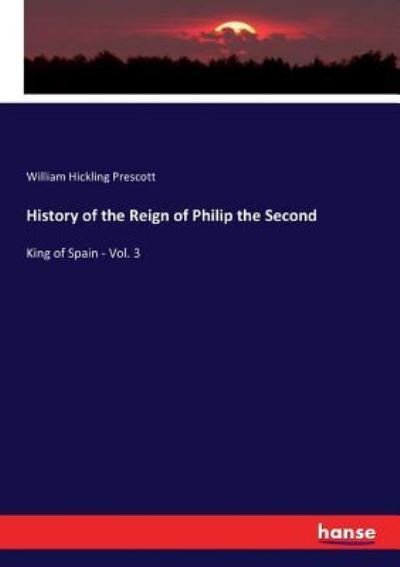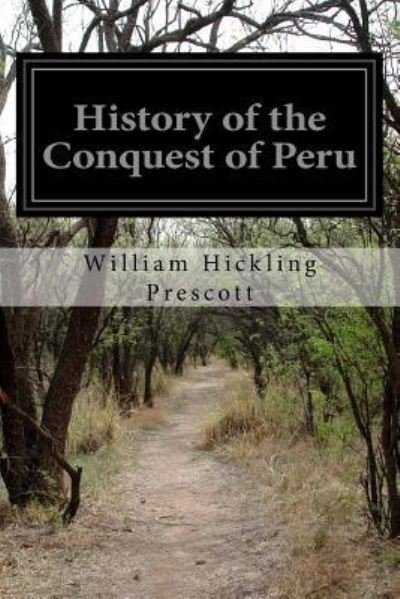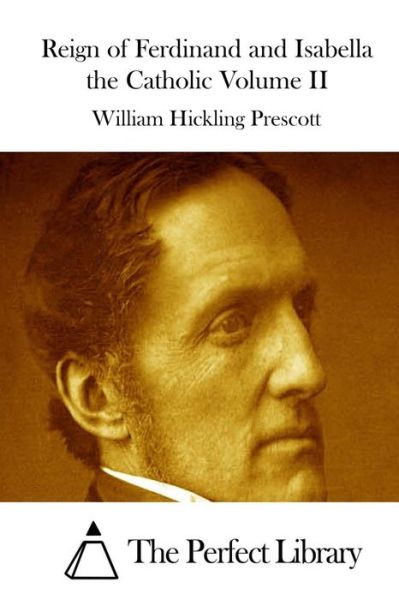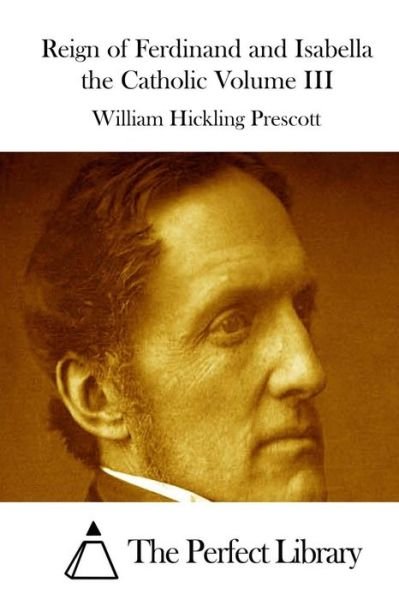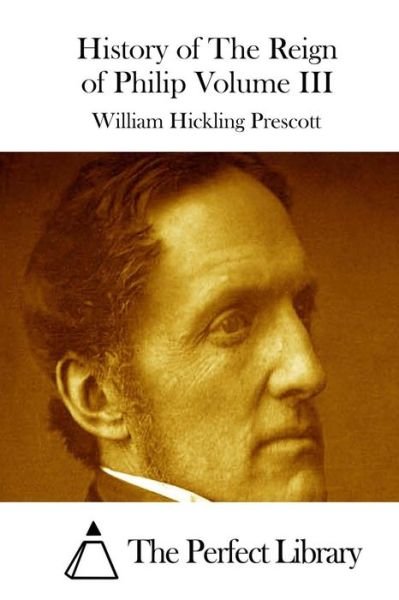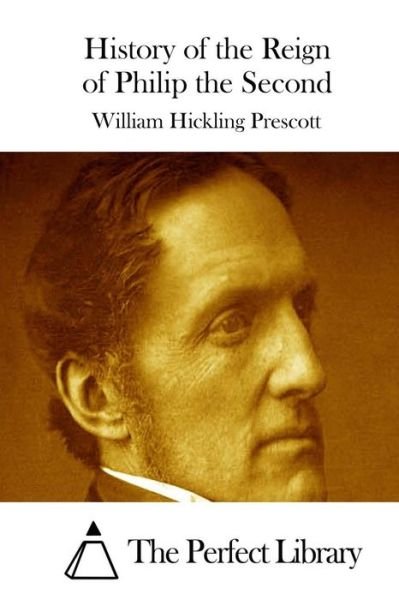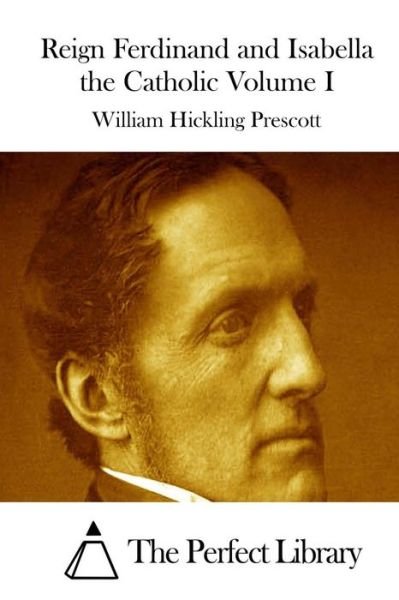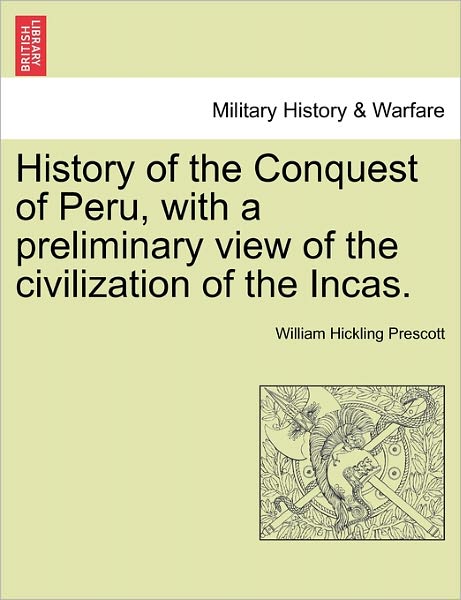
Tell your friends about this item:
History of the Conquest of Peru, with a Preliminary View of the Civilization of the Incas.
William Hickling Prescott
History of the Conquest of Peru, with a Preliminary View of the Civilization of the Incas.
William Hickling Prescott
Publisher Marketing: Title: History of the Conquest of Peru, with a preliminary view of the civilization of the Incas. Publisher: British Library, Historical Print EditionsThe British Library is the national library of the United Kingdom. It is one of the world's largest research libraries holding over 150 million items in all known languages and formats: books, journals, newspapers, sound recordings, patents, maps, stamps, prints and much more. Its collections include around 14 million books, along with substantial additional collections of manuscripts and historical items dating back as far as 300 BC. The MILITARY HISTORY & WARFARE collection includes books from the British Library digitised by Microsoft. This series offers titles on warfare from ancient to modern times. It includes detailed accounts of campaigns, battles, weapons, as well as the soldiers and commanders who devised, initiated, and supported war efforts throughout history. Specific analyses discuss the impact of war on societies, cultures, economies, and changing international relationships. ++++The below data was compiled from various identification fields in the bibliographic record of this title. This data is provided as an additional tool in helping to insure edition identification: ++++ British Library Prescott, William Hickling; 1847. 2 vol.; 8 . 9772.t.4. Contributor Bio: Prescott, William Hickling William Hickling Prescott, the renowned American historian who chronicled the rise and fall of the Spanish empire, was born in Salem, Massachusetts, on May 4, 1796. His grandfather had commanded colonial forces at the Battle of Bunker Hill during the American Revolution; his father was a highly respected judge and philanthropist. Prescott was tutored in Latin and Greek by the rector of Trinity Church in Boston and entered Harvard in 1811. In a bizarre accident, Prescott was blinded in the left eye by a crust of bread thrown in a dining-hall fracas. He abandoned plans to study law but went on to graduate in 1814 having earned membership in Phi Beta Kappa. While traveling abroad the following year Prescott temporarily lost the sight in his right eye. With his vision permanently impaired, he aspired to the life of gentleman-scholar. Prescott launched a career as a man of letters in 1821 with an essay on Byron that appeared in the North American Review. Over the next two decades he contributed regularly to the prestigious Boston literary journal. His most important articles and reviews, including seminal pieces on the theory and practice of historical composition, were later collected in "Biographical and Critical Miscellanies (1845) and "Critical and Historical Essays (1850). Under the influence of George Ticknor, a friend and mentor who taught European literature at Harvard, Prescott began learning Spanish in 1824. Engrossed by the history of Spain, he committed himself to tracing its development into a world power. Employing secretaries to read him manuscripts sent from Spanish archives, Prescott set about writing a work of sound scholarship that would also interest a generalaudience. A phenomenal memory allowed him to compose whole chapters in his mind during morning horseback rides. Later he recorded them on paper using a noctograph, a special stylus for the blind. More than a decade later he finished "The History of the Reign of Ferdinand and Isabella the Catholic (1837), which enjoyed tremendous critical and popular success on both sides of the Atlantic. Prescott's fame gained him entree into Spanish intellectual circles, greatly facilitating research on his next book, History of the "Conquest of Mexico (1843), a sweeping account of Cortes's subjugation of the Aztec people. "Regarded simply from the standpoint of literary criticism, the "Conquest of Mexico is Prescott's masterpiece," judged his biographer Harry Thurston Peck. "More than that, it is one of the most brilliant examples which the English language possesses of literary art applied to historical narration. . . . [Prescott] transmuted the acquisitions of laborious research into an enduring monument of pure literature." Pulitzer Prize-winning historian Daniel J. Boorstin agreed: "The enduring interest in Prescott's "Conquest of Mexico comes less from his engaging survey of Aztec civilization than from his genius for the epic. . . . Though Prescott has been called the nation's first 'scientific historian' for his use of manuscript sources, he would live on as a creator of literature." Prescott completed his pioneering study of Spanish exploits in the "New World with the History of the Conquest of Peru (1847), a vivid chronicle of Pizarro's tumultuous overthrow of the Inca empire. "The "Conquest of Peru represents an author's triumph over his materials," observed Donald G. Darnell, one ofthe historian's several biographers. "Prescott exploits to the fullest any opportunities for dramatic effects that history might provide him. . . . The description of the Inca civilization, particularly its wealth, the precise explanation of the cause of the conflict between the conquerors, and the depiction of the Spanish character--these together with the careful research, the sheer abun dance of anecdotes, and the exploitation of primary materials all contribute to the history's continuing popularity." Prescott devoted his final years to chronicling the decline of the Spanish empire. He published "The Life of Charles the Fifth after His Abdication (1856), a continuation of William Robertson's "The History of the Reign of the Emperor Charles the Fifth (1769), but only managed to finish the first three volumes of "The History of the Reign of Philip the Second (1855-58). William H. Prescott died of a stroke at his home in Boston on January 29, 1859. In assessing his achievements, Daniel J. Boorstin wrote: "One of Prescott's greatest feats as a 'scientific' historian was to depict the scenes of his drama so vividly without ever having been there--for he never visited Spain, Mexico, or Peru. . . . Prescott created from the rawest of raw material, laboring under physical handicaps and displaying a single-minded courage with few precedents in the annals of literature. . . . He had to discover the landscape, conceive new heroes, and mark their own paths through time. The story of how he made his histories was itself a kind of epic."
| Media | Books Paperback Book (Book with soft cover and glued back) |
| Released | March 25, 2011 |
| ISBN13 | 9781241474768 |
| Publishers | British Library, Historical Print Editio |
| Pages | 588 |
| Dimensions | 246 × 189 × 30 mm · 1.03 kg |
More by William Hickling Prescott
See all of William Hickling Prescott ( e.g. Hardcover Book , Paperback Book and Book )

 Christmas presents can be returned until 31 January
Christmas presents can be returned until 31 January



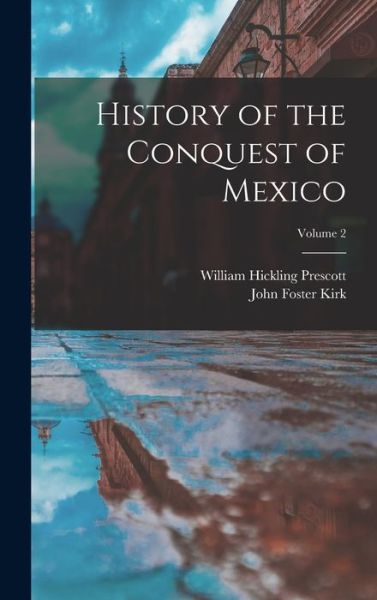
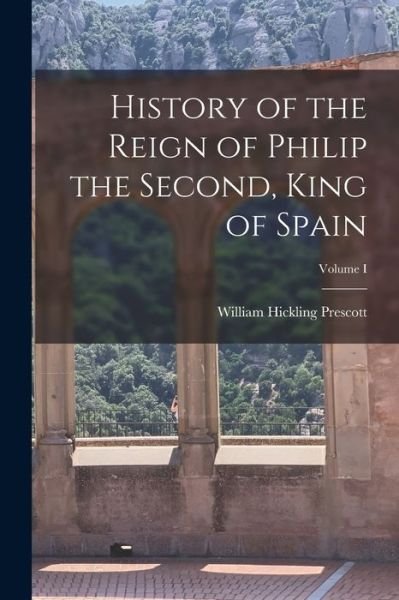
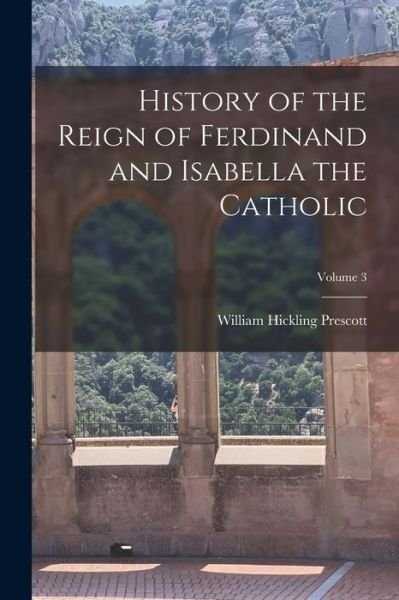
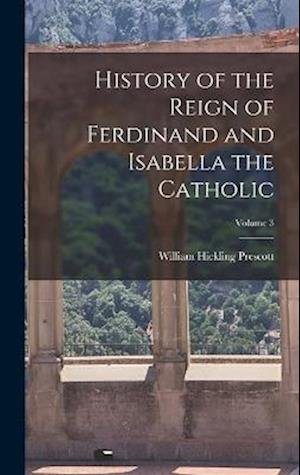
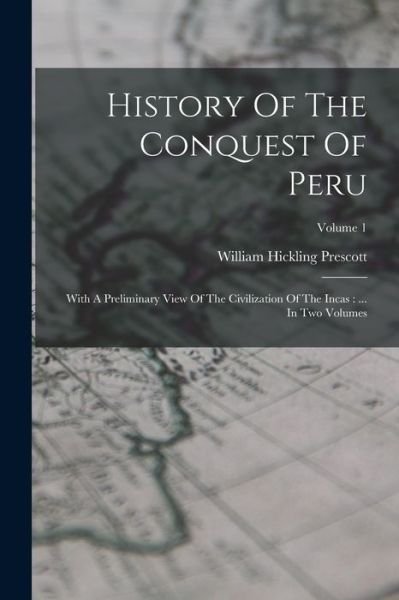
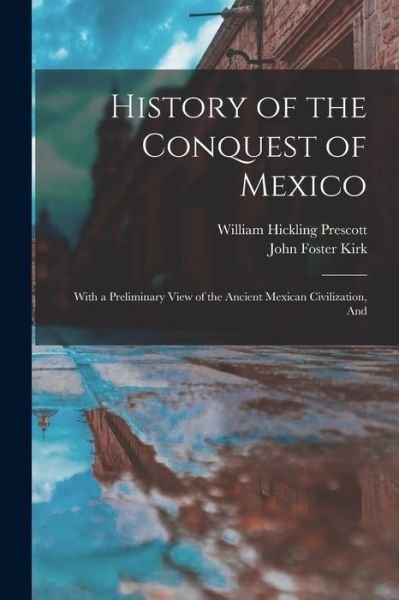
![Cover for William Hickling Prescott · History of the Conquest of Mexico : (Xiv, 305, [1] H. Map. Pleg. ) (Book) (2022)](https://imusic.b-cdn.net/images/item/original/284/9781018374284.jpg?william-hickling-prescott-2022-history-of-the-conquest-of-mexico-xiv-305-1-h-map-pleg-book&class=scaled&v=1689329655)
